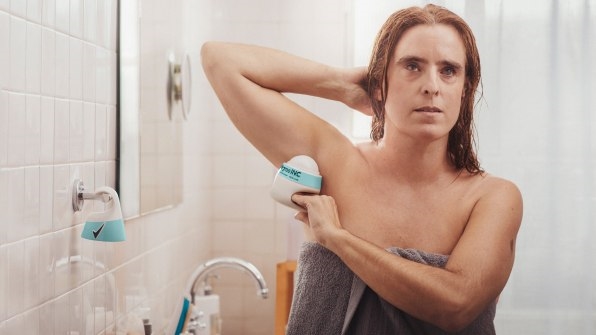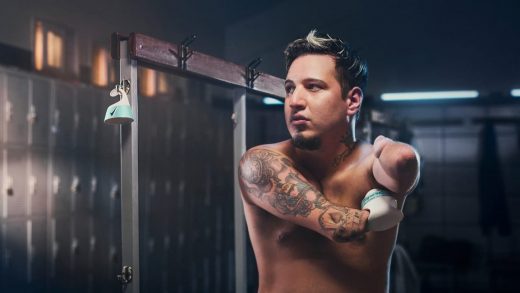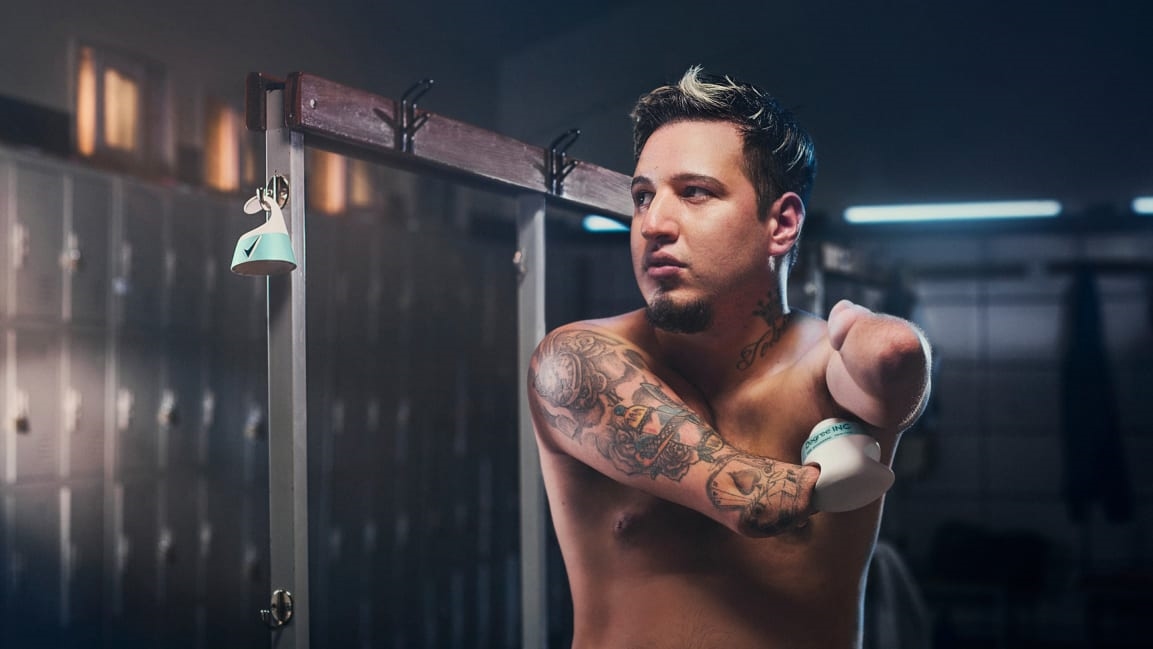Degree’s new deodorant is designed with disabled people in mind
Anyone who’s ever broken an arm or who lives with a permanent upper-limb disability is well aware of the everyday tasks that most people tend to take for granted—such as taking the cap off a tube of deodorant, which is difficult to do with one hand.

A new, first-of-a-kind package design from Degree Deodorant, called Degree Inclusive, tries to address some of the challenges with typical deodorants. The cap has a hook, so it can be hung up and the rest of the package can be pulled down; a magnetic closure makes it easier to put the cap back on. Better grips built into the sides of the packaging make the deodorant easier to hold, and the applicator is larger than usual, so only a single swipe is needed. The package also has a braille label so someone who is blind or low-vision can more easily find it in a crowded medicine cabinet.

“It is a mundane and almost trivial thing, deodorant, but when you can’t use it, it becomes very important,” says Bas Korsten, the global chief creative officer at Wunderman Thompson, the creative agency that helped create and develop the design, along with the design studio SOUR, for Unilever, the consumer goods giant that owns the Degree brand. Wunderman Thompson’s head of inclusive design, Christina Mallon, whose arms are paralyzed, began brainstorming the concept with her team two years ago.

The designers, along with the Degree team, worked closely with people from the disability community. “For nondisabled people, it’s surprising to see what kind of insights come out of that, because, for instance, somebody in a wheelchair says, ‘I apply deodorant multiple times a day, to multiple parts of my body,’” Korsten says. Throughout the process, the designers tweaked the package in response to feedback from testing done in collaboration with the Chicago Lighthouse, Open Style Lab, and Muscular Dystrophy Association. The current prototype is still in beta testing and may change further.
While the design may not address every physical challenge, it could be helpful for people beyond the original target groups, such as older people with limited dexterity. “In general, inclusive design is better design for everyone,” says Korsten. There’s also a huge market for more inclusive design. According to the World Health Organization, almost everyone will likely experience some form of disability, whether temporary or permanent, at some point in their life. “We want the world to be a fairer place,” he says. “But also it makes commercial sense, because the disability community is such a big community.”
(30)



